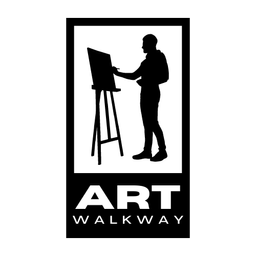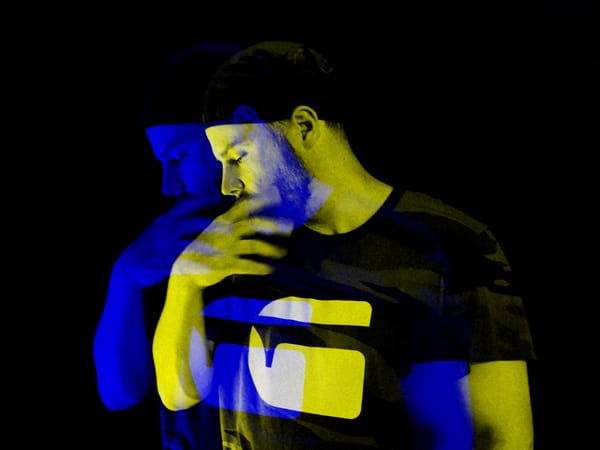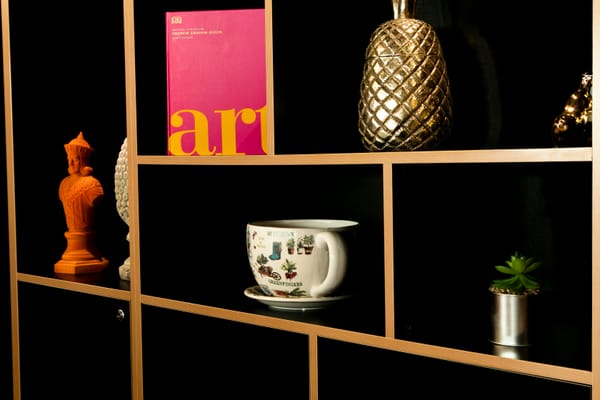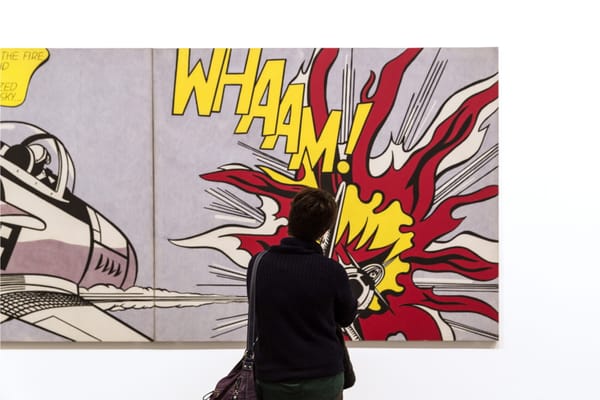Art World? Or Rather Art Universes? How Many Are There?
The contemporary art field isn’t just one world; it’s a network of diverse “art universes.” Our news editor and art critic Panu Syrjämäki explains the unique challenges and rewards artists face in navigating this complex ecosystem.

“Contemporary art today feels less like a single, cohesive ‘art world’ and more like a sprawling ecosystem of distinct, overlapping worlds.” —Explains art critic Panu Syrjämäki
It’s a place where artists are free to choose their paths but often find themselves navigating a labyrinth of competing spaces and ideologies. This is the contemporary art field as we know it: fractured yet fascinating, and as complex as the society it reflects.
For those entering this space—whether artists or art lovers—the divisions within the art world can be overwhelming.
“Fragmentation has turned the art world into a collection of semi-autonomous ‘micro-worlds’... often operating independently under the same artistic umbrella.”
Each subfield has its own culture, values, and understanding of what art should be and do. This fragmentation often forces artists to align with a specific subfield, making career choices that reinforce the divisions within the broader art ecosystem.
The Subfields: One Art World, Many Universes
The art world of a few decades ago, once a relatively unified scene, has evolved into a series of distinct spaces, each with its own audience and ethos. The art market, with its commercial galleries, high-stakes auctions, and billionaire collectors, prizes art as a status symbol and financial asset. Works in this world are driven by demand and collected as investments—icons of wealth and prestige.
“The art market’s focus on ‘what sells’ often shapes which artists and works gain visibility, leaving experimental or controversial art on the margins.”
Meanwhile, museums and exhibition spaces represent a different dimension. This realm revolves around public engagement and the creation of shared experiences rather than ownership. These spaces—biennials, nonprofit galleries, public art programs—invite audiences to connect, reflect, and participate in the art itself.
Academic art exists in yet another world, where art intersects with research, theory, and critique. Here, artists are seen as intellectuals, exploring big questions through art in institutions and universities. This field values theory over public appeal, often leaving artists distanced from everyday audiences in favor of academic engagement.
“Community-based art lives in grassroots spaces, focusing on art’s social value and giving voice to marginalized communities.”
This subfield provides an alternative to the commodification seen in the art market, focusing instead on art’s social value. It brings people together, often giving voice to marginalized communities and shedding light on issues that might otherwise go unacknowledged.
"Each artist faces a different sacrifice, navigating the tension between external expectations and their artistic integrity."
Watch the Article on YouTube!
The Weight of Choices: What’s at Stake for the Artist
For artists navigating this complex field, the stakes are high. Each choice an artist makes within these subfields can feel like a step deeper into one world and farther away from another, binding them to specific expectations, values, and audiences.
For the artist embracing the art market, there is the haunting question of whether they’re compromising their voice. Installations, once bold critiques, risk becoming diluted or commodified to suit a wealth-driven marketplace. There’s security in this path, yes, but it also carries a cost: the potential erosion of creative integrity.
For the academically driven artist, the stakes are different yet equally profound. Their work within academia fulfills intellectual ambitions but keeps them bound to a space that values theory over public engagement. They often wonder if their art reaches anyone beyond academic peers, and a sense of isolation seeps in.
In the case of community-based artists, the commitment is deeply personal and socially impactful, but also exhausting. Moving away from academia, they find themselves fighting for every grant, often questioning whether resources will be available to continue.
These are more than career choices; they’re commitments to specific ways of being in the world. For each artist, the decision to pursue one path often requires letting go of another, and with it, an entire way of engaging with art and society.
Understanding Fragmentation: Art’s Mixed Blessing
This split into subfields—what we can think of as the “fragmentation” of the art world—has brought both freedom and division. Fragmentation means that contemporary art now functions as a collection of isolated subfields that, while existing within the same broad field, often operate independently.
“This division allows art to be both commercial and communal, intellectual and disruptive. Yet, with each subfield focused inward, it’s easy to see how these worlds can feel like separate planets orbiting the same sun, rarely interacting or crossing paths.”
On one hand, this allows artists the freedom to find their own path, working within the world that resonates with them most, whether that’s the commercial appeal of the art market or the grassroots activism of community-based work.
But fragmentation also creates challenges. The boundaries between these worlds mean that crossing from one subfield to another isn’t always easy or welcome. The art market, for instance, often prizes commercial viability above all else. Art that challenges, provokes, or makes viewers uncomfortable doesn’t always fit into its high-value collections.
Related Stories:

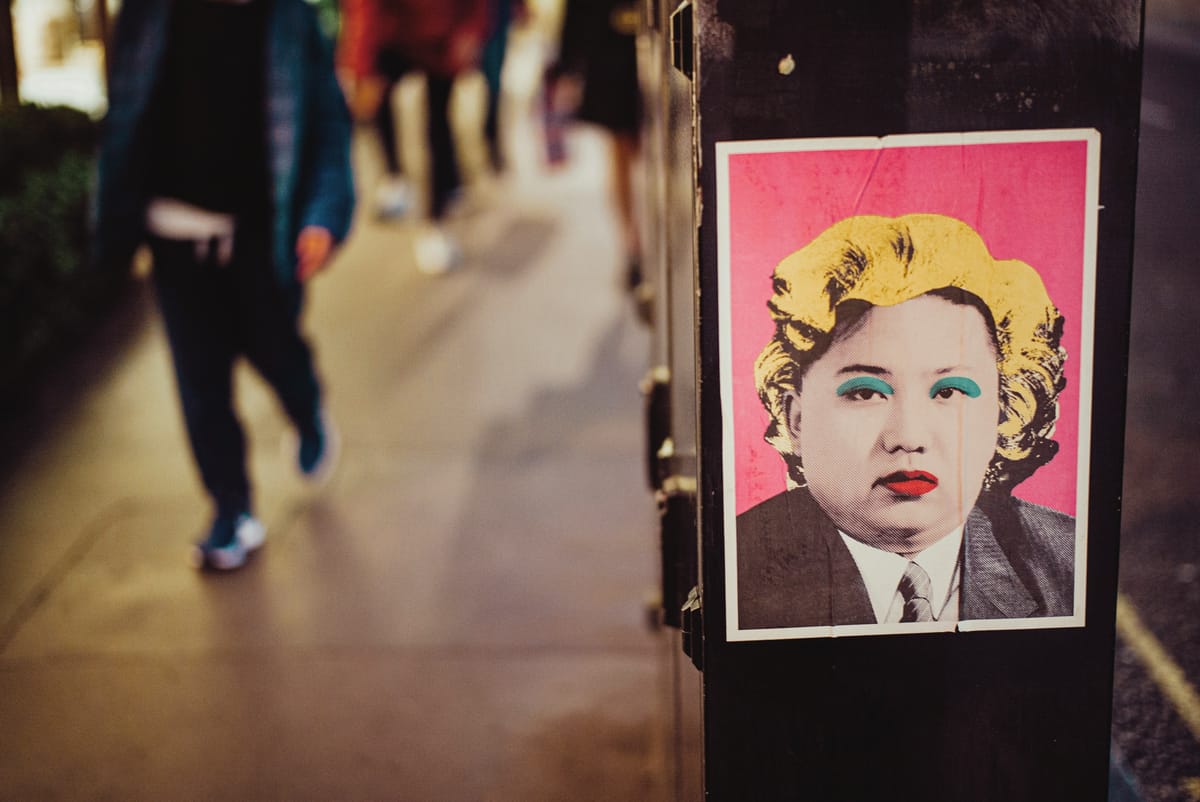
Can These Worlds Ever Come Together?
So, can these worlds ever come together? Each space operates with its own rules, and each judges “success” differently—whether by market value, public engagement, academic approval, or social impact. While they may coexist, their underlying values rarely align.
For young artists, this fragmentation can be disorienting. It’s no longer enough to simply “make art.” Each subfield has different expectations and requires different kinds of sacrifices. Choosing one path often requires letting go of another. Embracing the art market may mean losing critical depth, while focusing on activism or community work might mean sacrificing commercial recognition.
Moving Forward: Embracing the Mosaic of Contemporary Art
In this fractured field, there’s no single “right” way to be an artist. The contemporary art field today holds a multiplicity of voices, offering a platform for different ideas, methods, and outcomes. This diversity is a strength, not a flaw.
Some artists, in fact, are blending elements across these subfields—embracing multiple spaces and experimenting with hybrid approaches. These crossover artists challenge traditional boundaries, demonstrating that contemporary art is increasingly fluid and adaptable. They remind us that art needn’t be confined to one space and can thrive in multiple worlds simultaneously.
Where does this leave us? Perhaps it’s not about merging these worlds at all. Contemporary art’s power might lie in its openness and its ability to house different practices and ideas. Artists today are as varied as the field itself—fluid, adaptive, and innovative. Moving fluidly between these spaces, they bring fresh insights, sparking connections that may one day bridge these divides.
The contemporary art world has become a complex mosaic of experimentation, hybrid identities, and conflicting values. It’s a place where artists can wear many hats, break boundaries, and create work that speaks to an increasingly diverse audience. And perhaps in this diversity lies contemporary art’s greatest power—its ability to adapt, reflect, and, above all, ask the questions that society most needs.
ART Walkway News


